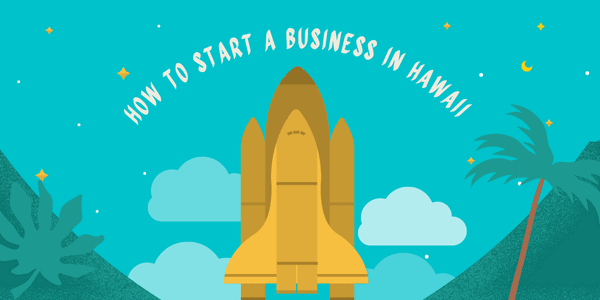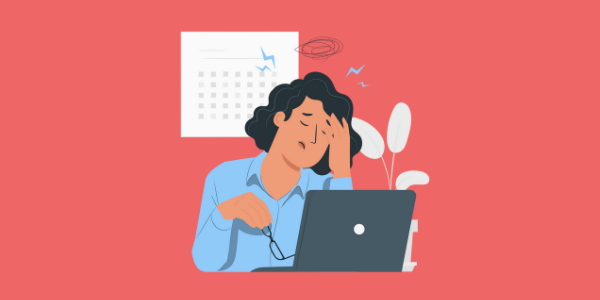What is Co-Employment: A Quick Guide for Employers
When you hear the term “co-employment,” what comes to mind?
A lot of employers think it means working with a staffing agency, leasing employees, or giving up control over their employees to an outside company. These common misconceptions couldn’t be further from the actual co-employment definition.
But what is co-employment exactly? In this article, we’ll explain how co-employment actually works, explore some co-employment risks, and help you understand if it might be a good fit for your business.
Co-Employment, Defined
“Co-employment” might sound complicated, but it’s just HR jargon. Co-employment refers to the legal arrangement that lets business owners share certain employer responsibilities (and risks) with an outside partner, called a Professional Employer Organization (PEO).
How does co-employment work?
In a co-employment arrangement, your workers actually have two employers: your business (or organization), and the PEO.
You’ll continue to be responsible for your employees’ daily work functions. Meanwhile, the PEO will take over most or all of the requirements related to keeping people employed, like securing and administering employee benefits, processing payroll, filing employment taxes, and even providing access to learning and development opportunities that help your team grow.
Your employees will see the PEO listed on their paycheck, but they’ll continue to report to you day-to-day.
.png)
What's my role?
In a co-employment arrangement, you are what’s called the operating employer. As the operating employer, you retain full control over your employees and what they do at work. That includes hiring and firing, managing how employees do their jobs, assigning core job responsibilities, and making decisions about your organizational structure.
Co-employment doesn’t shift your employees to temp status either. Their position within the company will stay the same, and so does their working relationship with you.
What does a PEO do for me?
In a nutshell, the PEO, or administrative employer, takes on a behind-the-scenes role, handling the tasks involved in maintaining your workforce. This includes all the paperwork and responsibilities related to your employees, as well as a significant amount of the risk that comes with being an employer. When you opt for co-employment, issues like dealing with employee benefits, compliance, and administrative responsibilities can be shifted to the PEO, which can provide you with better security, create a stronger workplace culture, and help you focus on growing your business’s performance.
Let’s break down exactly what that entails.
- Buying power & competitive rates. Your co-employer will take over tasks like securing employee health insurance and voluntary benefits from various carriers, as well as getting you access to the required insurances you need in Hawaii like Workers’ Comp, and TDI. An established PEO can be a large organization that manages thousands of employees, meaning they’re able to leverage their large buying power to offer you quality products at competitive rates usually reserved for large employers
- Administrative relief. PEOs will also relieve you of a lot of your administrative burdens, whether it be payroll, benefits administration or the multitude of day-to-day HR tasks that take up your time. They’ll even file your quarterly payroll taxes. And whether it be a Workers’ Compensation claim or an unemployment claim, PEO's also offer professional claims management support that can significantly reduce your paperwork.
- Compliance support. Are you making these common wage and hour mistakes? PEOs can leverage their expertise and legal counsel to help you comply with government requirements and regulations. A PEO's strategic guidance can help fill expertise gaps missing from your company and ensure your people and your business are following the numerous state and federal rules.
- Shared risk. Lastly, being an employer comes with certain risks. Things like unemployment claims and Workers’ Compensation can be a hit to a business’ bottom line, while a lawsuit by an employee over something like a discrimination claim could be potentially devastating. An employment partner can help manage those risks by ensuring you’re following best practices, handling claims, sharing the responsibility, and providing additional protections like Employment Practices Liability Insurance, or EPLI.
Why should I choose co-employment?
There are many potential upsides to a co-employment arrangement with a PEO. Here’s just a few:
- If you want to hire and retain talent, it helps to not only offer competitive pay but also provide comprehensive benefits and healthcare plans. This not only keeps employees happy, but helps you stand out in your industry as a top employer. A PEO will secure top-notch employee benefits that help you attract and retain your team—all at competitive rates with trusted providers you and your team can depend on.
- Processing payroll will become a breeze—plus you'll get to sit back while a PEO files your payroll taxes and W-2s for you.
- You'll feel confident that you’re staying on top of reporting and compliance issues, so nothing slips through the cracks.
- Sharing Workers’ Comp claims and liability with a PEO means you won’t be shouldering the risk or responsibility alone.
- And ultimately, you'll find ways to reduce your labor costs and eliminate the mundane HR tasks that steal your focus from the big-picture role of driving your mission & developing your people.
Did we mention? Companies that work with a PEO grow 7-9% faster, have 23-32% lower employee turnover, and are 50% more likely to stay in business, according to the National Association of PEOs.
If you’re ready to offload the administrative tasks and paperwork of being an employer, a co-employment solution might be right for you.
Want to learn more? Get our free e-book, The Employer’s Guide to HR Partnerships in Hawaii, for more info.









